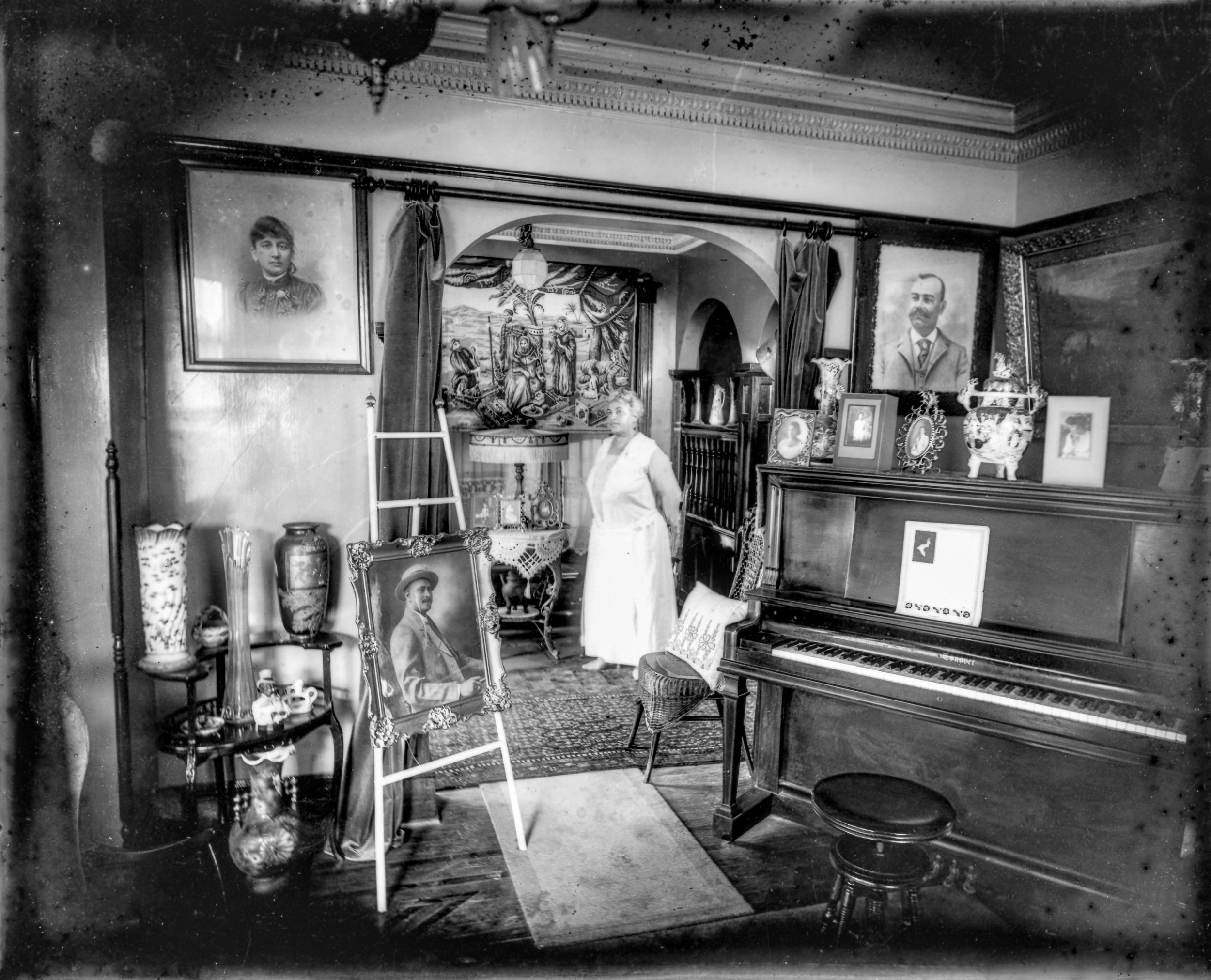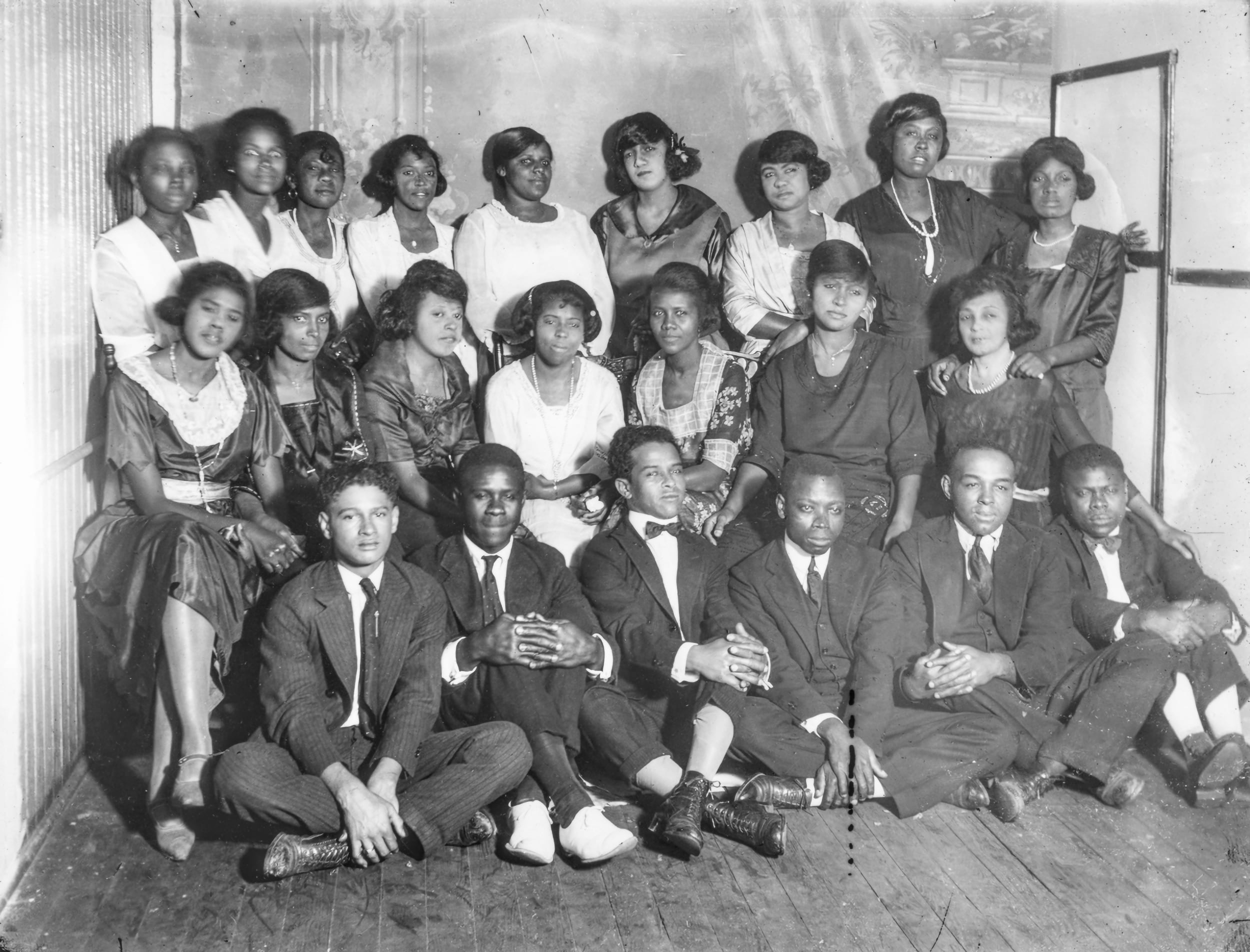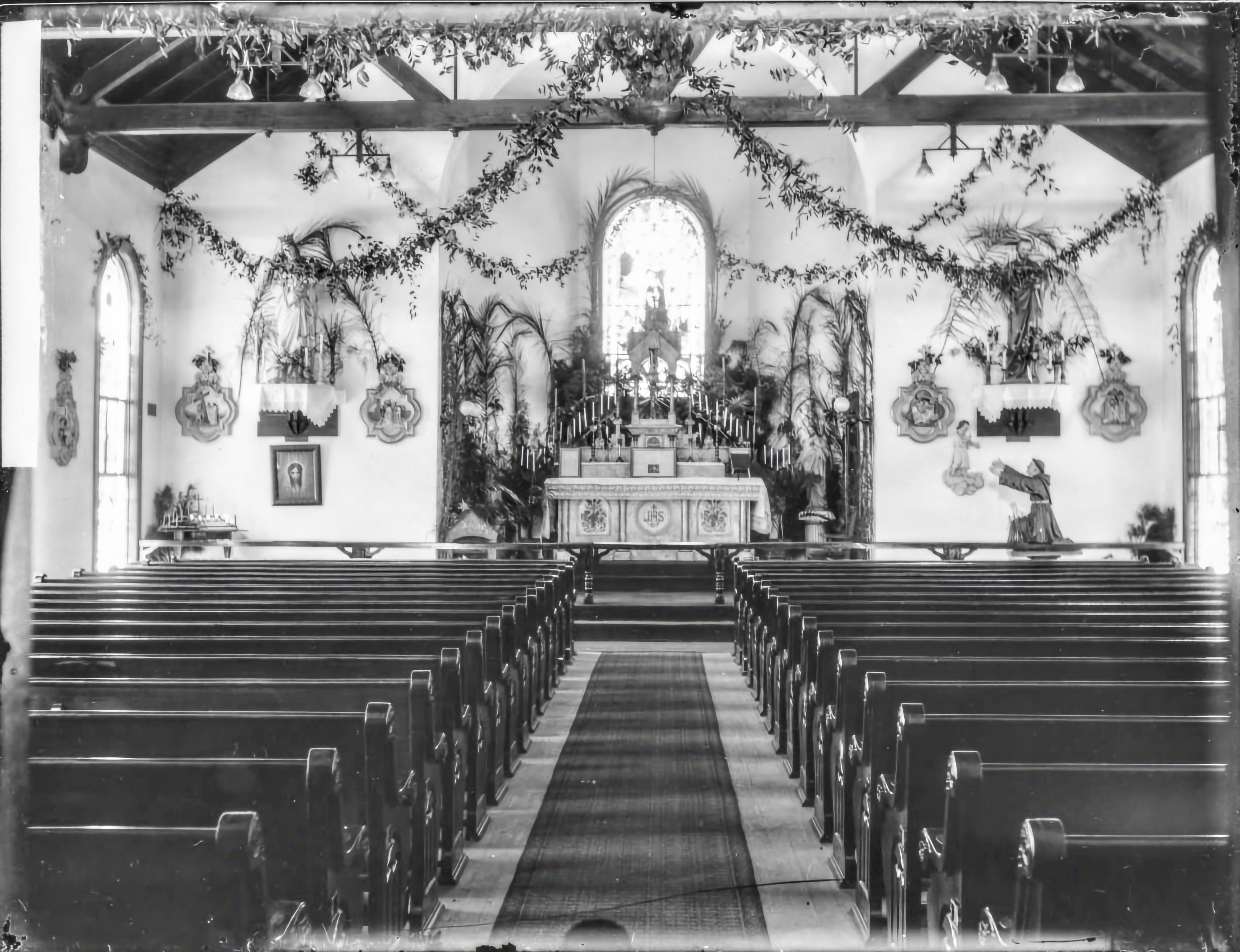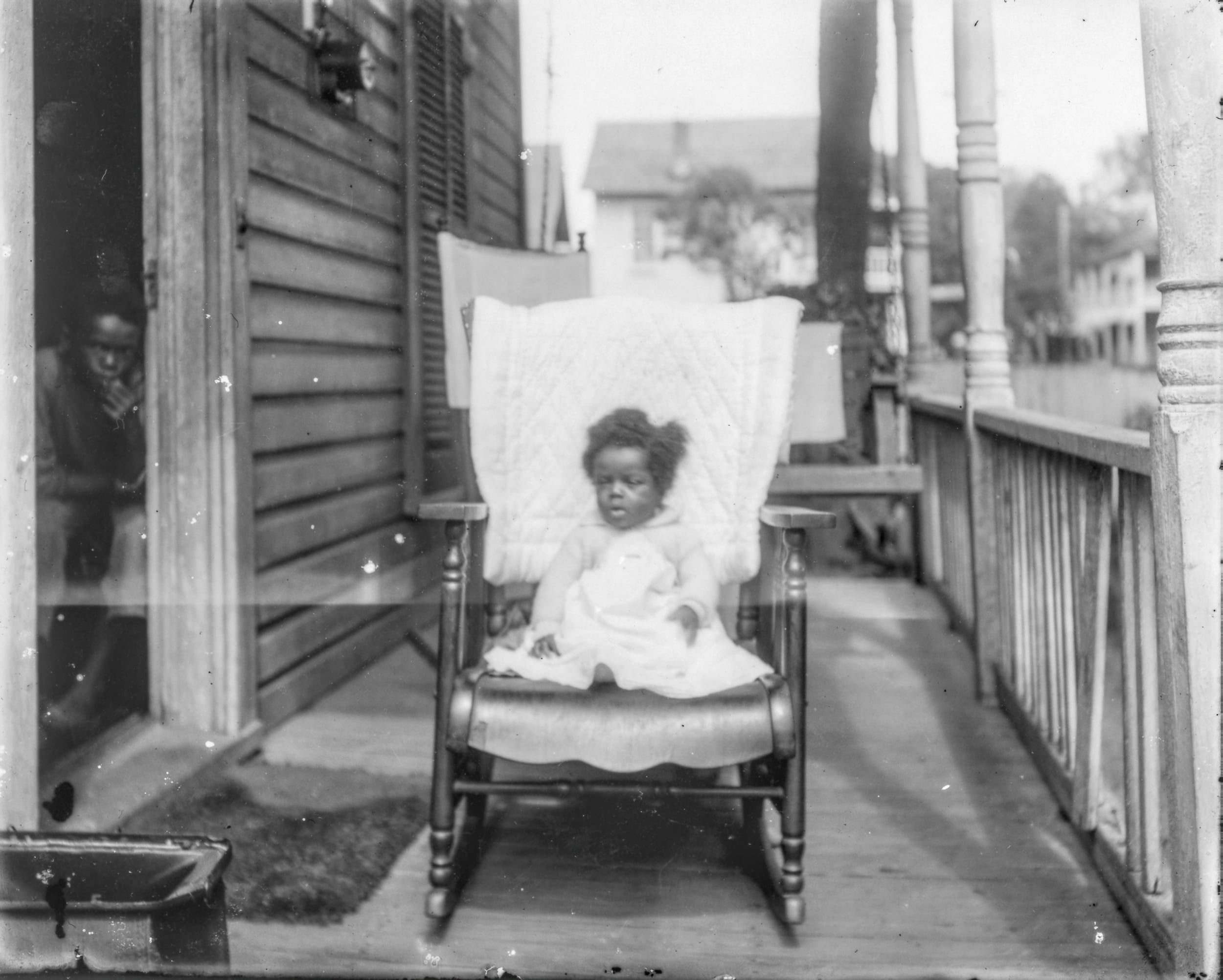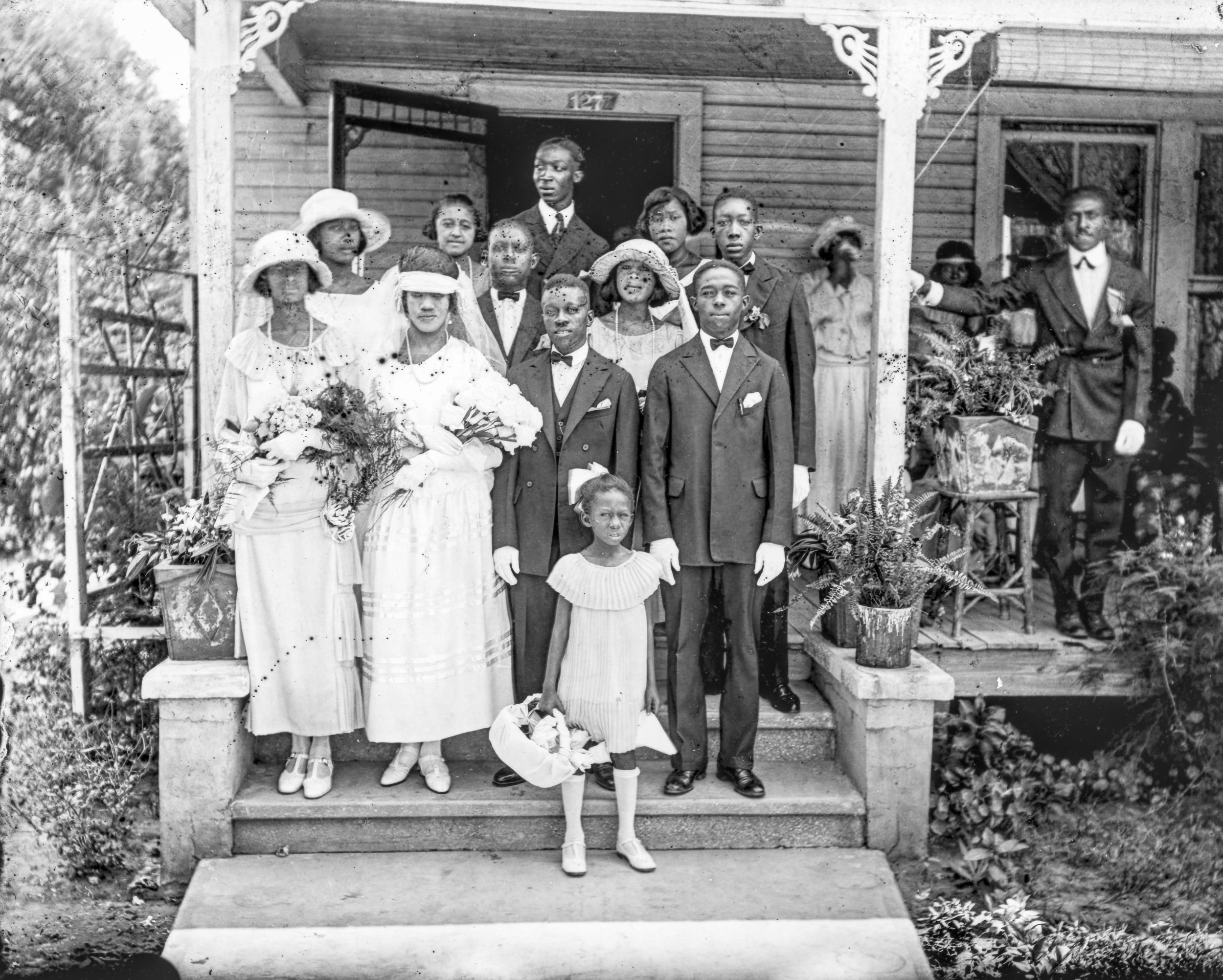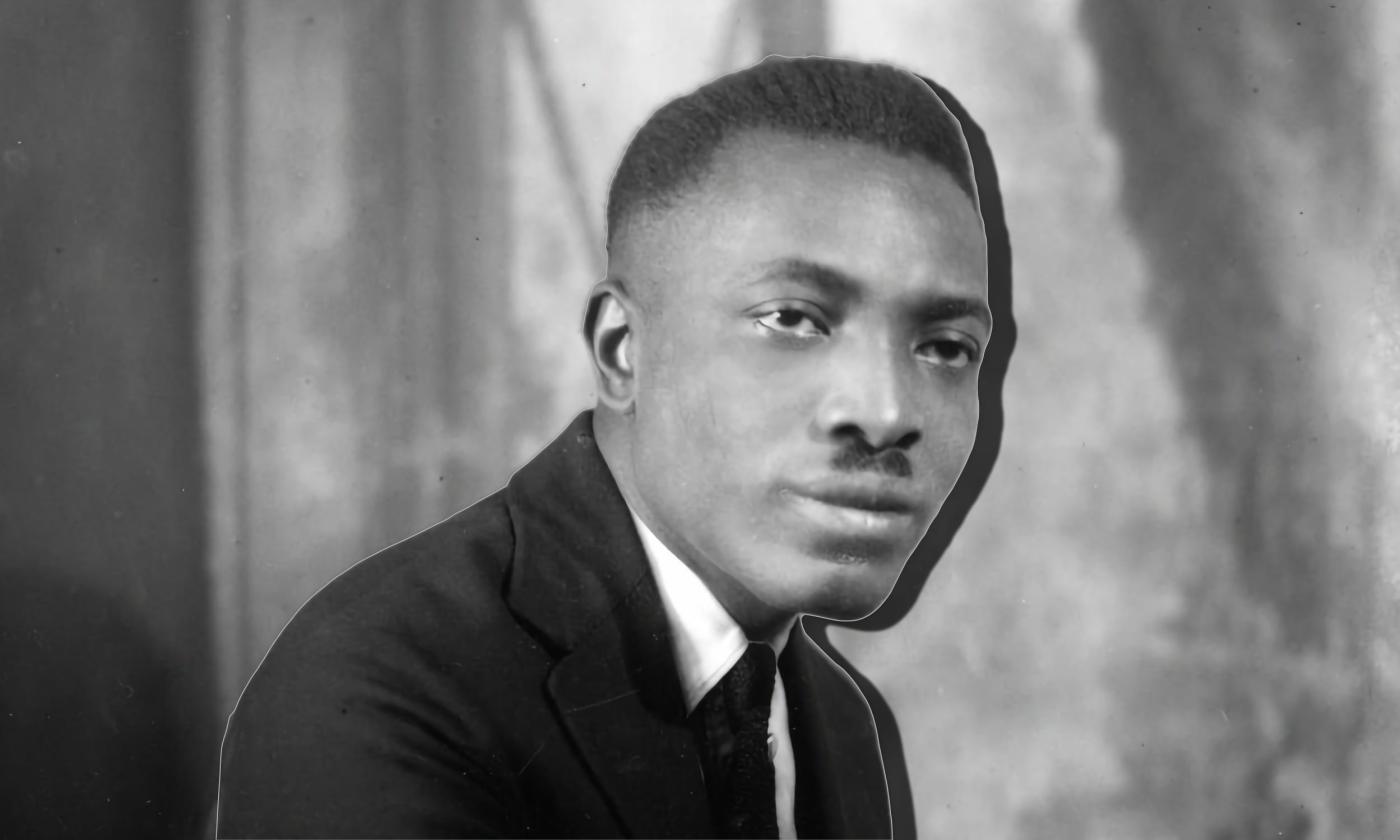
Richard Aloysius Twine
St. Augustine’s first professional Black photographer.
Richard Aloysius Twine
Early Life
Richard Aloysius Twine was born on May 11, 1896, the youngest child of David and Harriet Bronson Twine.
In 1899, the family moved into their home at 107 Kings Ferry Way in the Lincolnville Historic District. Young Richard attended St. Joseph’s Catholic School until the age of fourteen. From there he worked as a laborer and as a bellman in one of the hotels.
A Young Artist in New York
In 1917, at age 21, Twine left St. Augustine for New York City in search of better employment. It is believed Twine learned both photography and filmmaking during his time there. However, little is known of Twine's experience in the city.
It is interesting to note that the Harlem Renaissance (1918-1937) was gaining momentum while Twine lived there. This intellectual and cultural flourishing of African-American heritage and art was most likely inspirational to the emerging artist.
Photography Career
After six years away, Twine returned home and launched a photography studio in 1924. He set up shop at 62 Washington Street within Lincolnville's bustling business district.
Twine photographed a wide range of residents, from children and teachers to laborers and prominent businessmen. In addition to studio portraits, Twine photographed people in their work and social environments.
Besides talent, part of what may have contributed to Twine’s success is that he was from Lincolnville, so community members knew and trusted him.
Through his photography, Richard Twine immortalized special events like weddings, funerals, graduations, and community celebrations. Some of his most iconic photographs are of the then-annual Emancipation Day parade.
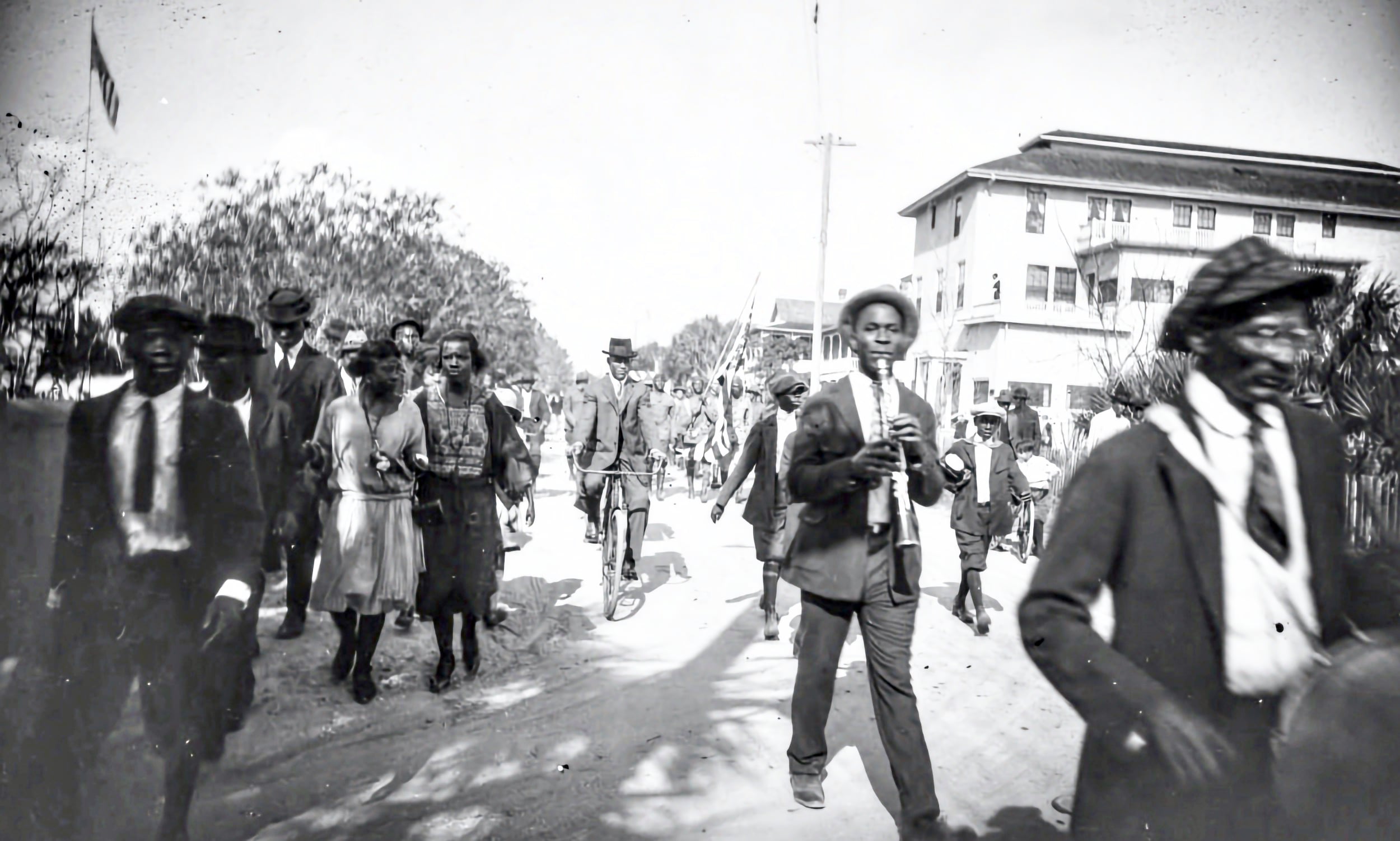
Twine closed his studio in 1927 to join his brothers in their business ventures in Miami. He lived there until he died on September 27, 1974. According to the St. Augustine Historical Society, Twine is buried with his family in the San Lorenzo Cemetery here in town.
Remarkable Discovery
In 1988 there was a fire at the Twine family's longtime homestead on Kings Ferry Way. Following the blaze, a clean-up crew found a box of glass plate negatives tucked in a corner of the attic, along with a camera that dated back to 1886.
The work crew sold the negatives and camera to the owner of a camera shop in town, who in turn contacted local photographer and Flagler College photography instructor, Ken Barrett Jr. Barrett was also a curator for the St. Augustine Historical Society at the time. He and some of his students restored and printed the photographs.
Barrett and others quickly realized they had inherited a treasure! The artistic quality of Twine’s photographs is unmistakable. Knowing that the camera Twine used was already over forty years old when he took the photographs adds to the intrigue.
In addition to being works of art in their own right, the photographs offer a priceless peek into the lives of Black St. Augustinians during the 1920s. Richard Twine and his photographs are responsible for preserving a vital time in St. Augustine's history.
Where to View Richard Twine’s Work
The St. Augustine Historical Society is the official custodian of 110 Richard Twine glass plates that were found in the attic of his childhood home. They are available for print and digital use through the Historical Society's Research Library at 6 Artillery Lane.
View the Richard Twine collection on the SAHS website.
A selection of Twine's photographs is also digitally available for public use through Florida Memory, a project of the Florida State Archives.
Currently, a selection of Richard Twine's photographs (and his antique camera) are on exhibit at the Oldest House until September 15, 2024.
Resources
Tap the blue underlined text to view the following online resources.
Online Resources
"With Photography Comes Community," 2024 article by Shelby Fox from the St. Augustine Historical Society.
"Richard Twine's World in 1920s Lincolnville," 2023 article by Presleigh Johnson for the Flagler College Gargoyle.
"Photographing Lincolnville: Richard A. Twine," 2021 article from The Jaxson.
Richard Twine Glass Plate Collection, St. Augustine Historical Society Online Catalog.
Selected Photos by Richard A. Twine
Acquired via Florida Memory, originals belong to St. Augustine Historical Society.
